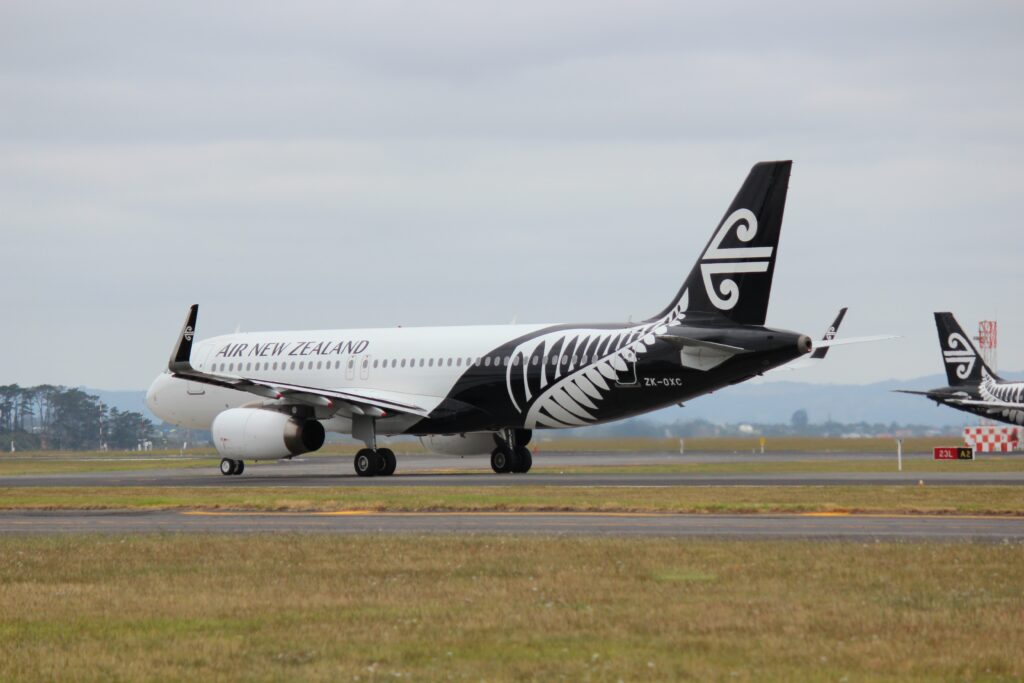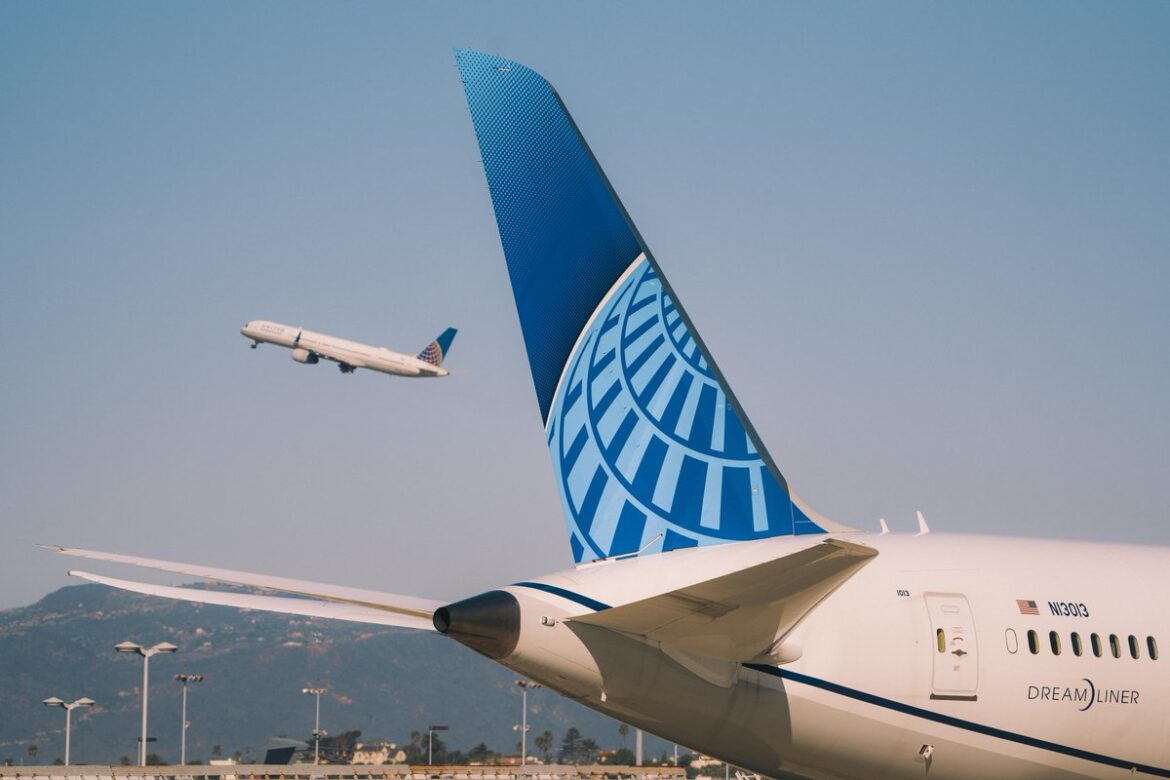Advertiser & Editorial Disclosure: The Bulkhead Seat earns an affiliate commission for anyone approved through the links below. This compensation may impact how and where links appear on this site. We work to provide the best publicly available offers to our readers. We frequently update them, but this site does not include all available offers. Opinions, reviews, analyses & recommendations are the author’s alone, and have not been reviewed, endorsed, or approved by any of these entities.
Last April, I wrote about United Airlines adding new transpacific routes. Flights to Auckland Airport (AKL) and Brisbane Airport (BNE) from Los Angeles International Airport (LAX) began on October 28th and November 29th. Auckland service runs 4x weekly while flights to Brisbane are 3x. Both flights are operated by Boeing 787-9 Dreamliners. These routes are now getting the ax as the carrier has struggled to fill planes on both.
There has been trouble brewing for some time on routes to the South Pacific. In October, United reduced frequency on its San Francisco International Airport (SFO) to/from Auckland Airport (AKL) flights. The load factor out of LAX was 68% to Auckland and flights to Brisbane saw just 58% filled. United will continue to serve both destinations, but only from San Francisco. United will stop flying between Los Angeles International Airport (LAX) and Brisbane Airport (BNE) on December 4th. San Francisco International Airport (SFO) will see an increase from 4x weekly to daily in the winter. For Auckland, service will stop from Los Angeles, but increase in San Francisco from 3x weekly to daily during the winter (summer in Australia and New Zealand).

American Airlines, Delta Air Lines, and Air New Zealand will continue to do battle on the flights from Los Angeles International Airport (LAX) to/from Auckland Airport (AKL). Air New Zealand is a member of Star Alliance and United is a close partner there. Qantas and Delta will still serve Brisbane Airport (BNE) from Los Angeles International Airport (LAX) as well.
Brisbane does not draw the tourist crowds or immediate recognition of some of Australia’s other cities. This might make you wonder why the US carriers are all adding it to their route maps. The answer is simple. Government subsidies are driving the coverage according to Lucky at One Mile at a Time. The government of Queensland is supporting these new flights for a period of three years with a budget of $200 million from its Attracting Aviation Investment Fund. This will deliver an increase of 178,000 seats between the United States and Brisbane as of 2024 and up to 247,000 as of 2025.
Anthony’s Take: Too much capacity was added out of Los Angeles. Even with government subsidies, demand was not able to catch up with the huge supply and all of these flights just don’t make sense.
(Image Credits: United Airlines and Will Waters.)
User Generated Content Disclosure: The Bulkhead Seat encourages constructive discussions, comments, and questions. Responses are not provided by or commissioned by any bank advertisers. These responses have not been reviewed, approved, or endorsed by the bank advertiser. It is not the responsibility of the bank advertiser to respond to comments.
Advertiser & Editorial Disclosure: The Bulkhead Seat earns an affiliate commission for anyone approved through the links above This compensation may impact how and where links appear on this site. We work to provide the best publicly available offers to our readers. We frequently update them, but this site does not include all available offers. Opinions, reviews, analyses & recommendations are the author’s alone, and have not been reviewed, endorsed, or approved by any of these entities.

1 comment
I’m a little surprised that United didn’t have the gumption to stick it out on LAX-AKL. If load factors aren’t that great overall, American tends to run screaming in the other direction when it comes to ill performing Pacific routes and Delta is plenty willing to cut Pacific routes as well. I think a little more patience from United in this game of chicken would have seen another airline quit, making the route more viable and one of United’s big strengths is their international network.